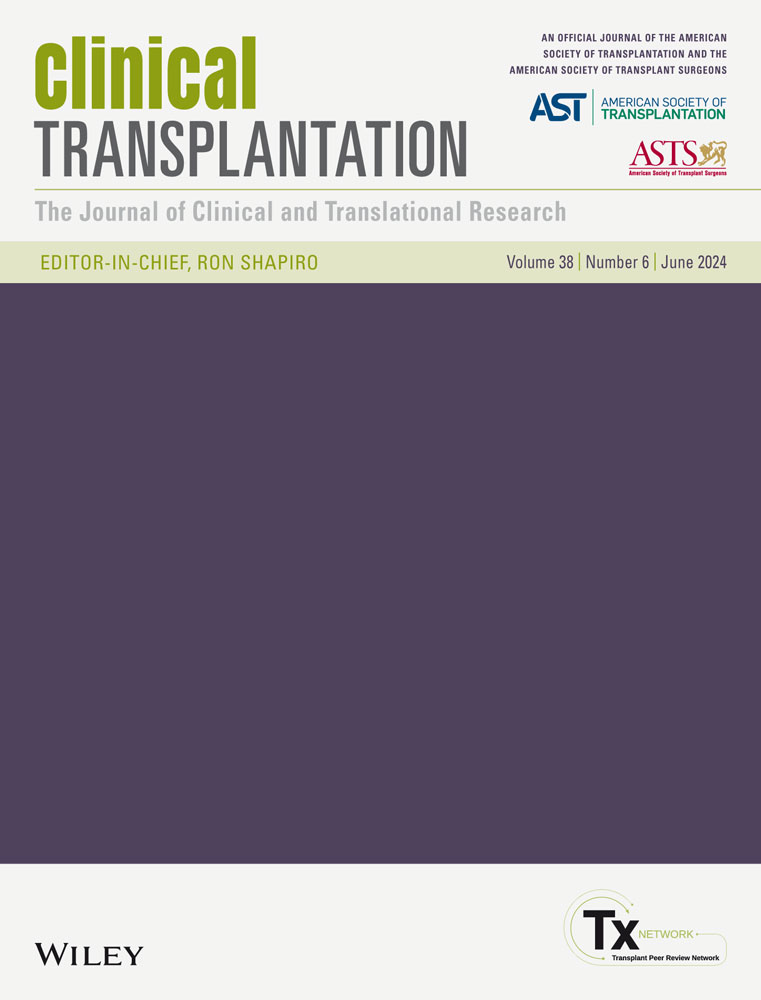Assessment of immunosuppression induction with basiliximab compared to antithymocyte-globulin in adult heart transplant patients
Abstract
Background
Patients undergoing heart transplants are at risk of rejection which can have significant morbidity and mortality. Induction immunosuppression at the time of transplant reduces the early risk and has additional benefits. The induction agent of choice within our program was changed from rabbit antithymocyte-globulin (rATG) to basiliximab, so it was necessary to evaluate whether this had any impact on patient outcomes.
Objectives
Our primary objective was to describe rejection, infection, and other outcomes in adult heart transplant patients at the University of Alberta Hospital in Edmonton, Canada.
Methods
This study was a nonrandomized, retrospective cohort study.
Results
Sixty-three patients were included with median ages 50 years versus 54 years. More female patients received rATG (20% vs. 42.4%). The most common indication for transplant in both cohorts was ICM (63.3% vs. 57.6%). Patients who received rATG had significantly higher PRA (0% vs. 43%, p < .001). Acute rejection episodes were similar between basiliximab and rATG at 3 months (16.7% vs. 15.1%; p = 1.0) and 6-months (30.0% vs. 18.1%; p = .376). Infections were not statistically different with basiliximab compared to rATG at 3-months, 43.3% vs. 63.6% and at 6-months 60.0% vs. 66.7%). There were no fatalities in either group.
Conclusions
Our study did not demonstrate differences in rejection with basiliximab compared to rATG. Mortality did not differ, but basiliximab-treated patients had fewer infections and infection-related hospitalizations than those treated with rATG. Larger studies with longer durations are needed to more completely describe the differences in rejection and infectious outcomes.
CONFLICT OF INTEREST STATEMENT
The authors declare no conflicts of interest.
Open Research
DATA AVAILABILITY STATEMENT
The data that support the findings of this study are available from the corresponding author upon reasonable request.




